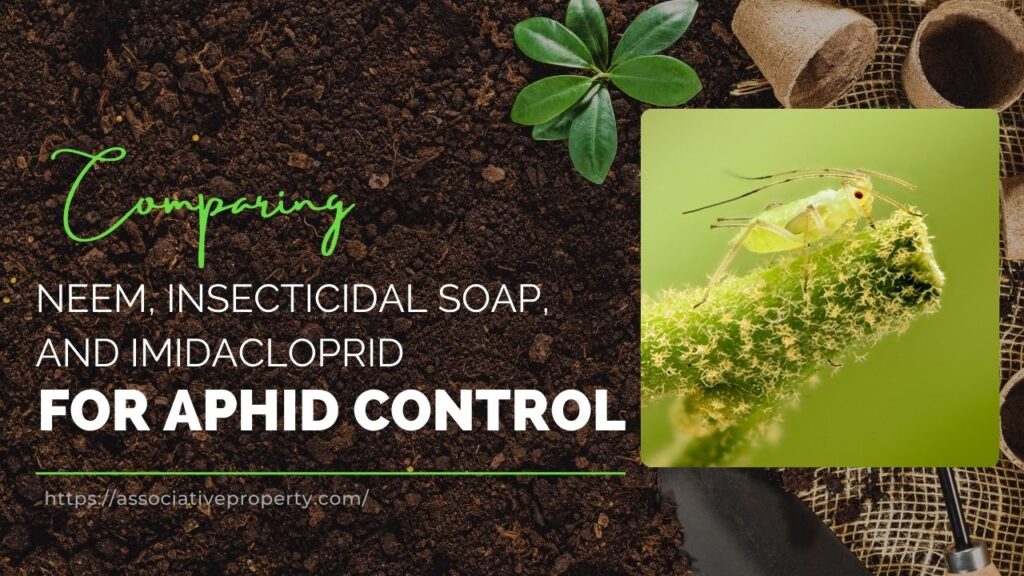Today, I want to share something I truly enjoy doing, propagating hydrangeas using just water. It’s one of my favorite gardening activities because it’s easy, reliable, and takes very little effort. In fact, this method works about 99% of the time, and that’s why I keep coming back to it.
There are many ways to propagate hydrangeas, using hardwood cuttings, semi-hardwood cuttings, or layering. But what I’m going to walk you through today is how I take tip cuttings and root them in water. Let me share how I do it, when I do it, and what results I get after six weeks.
Related: How To Plant a Tomato: My Simple Method
The Best Time to Take Tip Cuttings
Before heading into the garden to take cuttings, it’s important to understand the right timing.
I live in Zone 6B, where the first frost is around mid-October and the last frost hits mid-April. For me, the best time to take hydrangea cuttings is from late May to early June. This gives the cuttings about six weeks to grow roots in water before I pot them in soil.
Here’s my typical timeline:
| Step | Timeframe | Why It Works |
|---|---|---|
| Take cuttings | Late May to Early June | Stems are actively growing, not flowering |
| Root in water | 6 weeks | Until Late July |
| Pot in soil & grow indoors | 6 more weeks | Until early September |
| Harden off and plant outdoors | Early September | 8 weeks to establish before mid-October frost |
By following this schedule, I’m able to get the new plant in the ground within the same year.
How I Take the Cuttings
I always take my cuttings early in the morning. Around 6:30 AM is ideal for me, when the stems are still hydrated and strong.
Here’s what I look for:
- A cutting about 8 to 12 inches long
- I make the cut right below a leaf node
- I choose non-flowering branches, just ones producing leaves
After making the cut, I prepare the cutting like this:
- I remove most of the lower leaves
- I leave four leaves at the top to help with photosynthesis
- Some people cut the leaves in half, but for water propagation, I don’t find that necessary
Once the cutting is prepared, I simply place it in a glass jar with water.
Caring for the Cuttings in Water
I keep the jar somewhere I can remember to top up the water regularly.
Here’s what I observe:
- Roots start forming in 3 to 4 weeks
- By week 6, the cutting has a healthy root system
That’s when I know it’s time to transfer it to potting soil.
Potting the Rooted Cuttings
When potting up, I use:
- Professional-grade potting soil
- A 4×4 inch container
- I moisten the soil slightly before planting
Here’s the process:
- Make a small hole in the soil
- Place the cutting with roots into the hole
- Gently cover with soil
- Water at the soil level
The existing roots will soon form new rootlets, spreading through the pot. This creates a strong young shrub ready for the garden.
Why I Prefer Starting in Water
You might wonder, “If I’m going to plant them in soil anyway, why not start them there?”
For me, it comes down to personal preference and lifestyle. Sometimes, I’m away for work for a week or more. If I start cuttings in soil, I need to be around to:
- Mist them often
- Possibly use a humidity dome
- Monitor closely with a mister or propagator
With water propagation, I don’t have to worry as much. It’s a hands-off, low-maintenance method, and once the cuttings are rooted and transferred to soil, I treat them like any other seedling.
Final Thoughts
This is just one of the ways I propagate hydrangeas, and it has brought me so much joy over the years. It’s simple, effective, and rewarding. I’ll be sharing other propagation methods soon, so if you love gardening like I do, I’d love to have you follow along.
Thanks so much for your support and encouragement. I’ll be back in six to eight weeks with an update on how these baby hydrangeas are doing in the garden.
Until then, happy gardening.
Frequently Asked Questions
What kind of hydrangeas are you propagating in this method?
I’m using big leaf hydrangeas for this water propagation method. They’re my favorite type to work with because they root so easily and grow beautifully. But this method should work for other unpatented varieties as well.
What do the roots look like after a few weeks in water?
After about three to four weeks, you’ll start to see roots forming. By six weeks, the roots are usually long, white, and fluffy—really healthy looking. It’s always exciting to pull the cutting out and see those wonderful root systems forming.
What size will the new plant be when it’s ready for the garden?
It’ll be a small but full baby shrub, strong enough to go into the garden. It’s not huge, but it’s well-rooted and ready to take off once it’s planted. And the best part is—it’s absolutely free!
What kind of container do you use for water propagation?
I just use a simple glass jar. Nothing fancy at all. I fill it with clean water and make sure the water level stays topped up. That’s really all there is to it.
What type of soil and pot do you use when transferring to soil?
I use a professional-grade potting mix and a 4×4 inch plastic cell container. I like to slightly moisten the soil before I plant the rooted cutting. That helps everything settle in nicely.
Do you cut the leaves in half before rooting?
Not for water propagation. Some people do, especially if they’re rooting in soil, but I personally don’t find it necessary when rooting in water. I usually leave four full leaves on the cutting and just make sure the lower ones are removed.
Why not root the cuttings in soil from the beginning?
Great question. I’ve done that before, but the thing is, soil propagation takes more attention. You often need to be around to mist them, maybe use a humidity dome or even a mister or propagator system. Since I’m sometimes away from home for work, I like using water because it’s a hands-off method that still works great.
Can I really do all this without special equipment?
Absolutely. That’s what I love about this method. It doesn’t require any special gear—just a glass jar, some clean water, and a sunny windowsill. It’s easy, affordable, and really satisfying.
Do I need to do anything special once they’re planted in soil?
Once they’re in soil and have good roots, you can treat them like any other seedling. No misting, no special care—just regular watering and light. They’re already strong enough by that point.
How do you finish the process before winter?
Once the cuttings are in soil and growing well inside, I keep them there for about six more weeks. Then I harden them off outside for a week, and plant them in the garden by early September. That gives them about eight weeks to establish before our first frost in mid-October.


